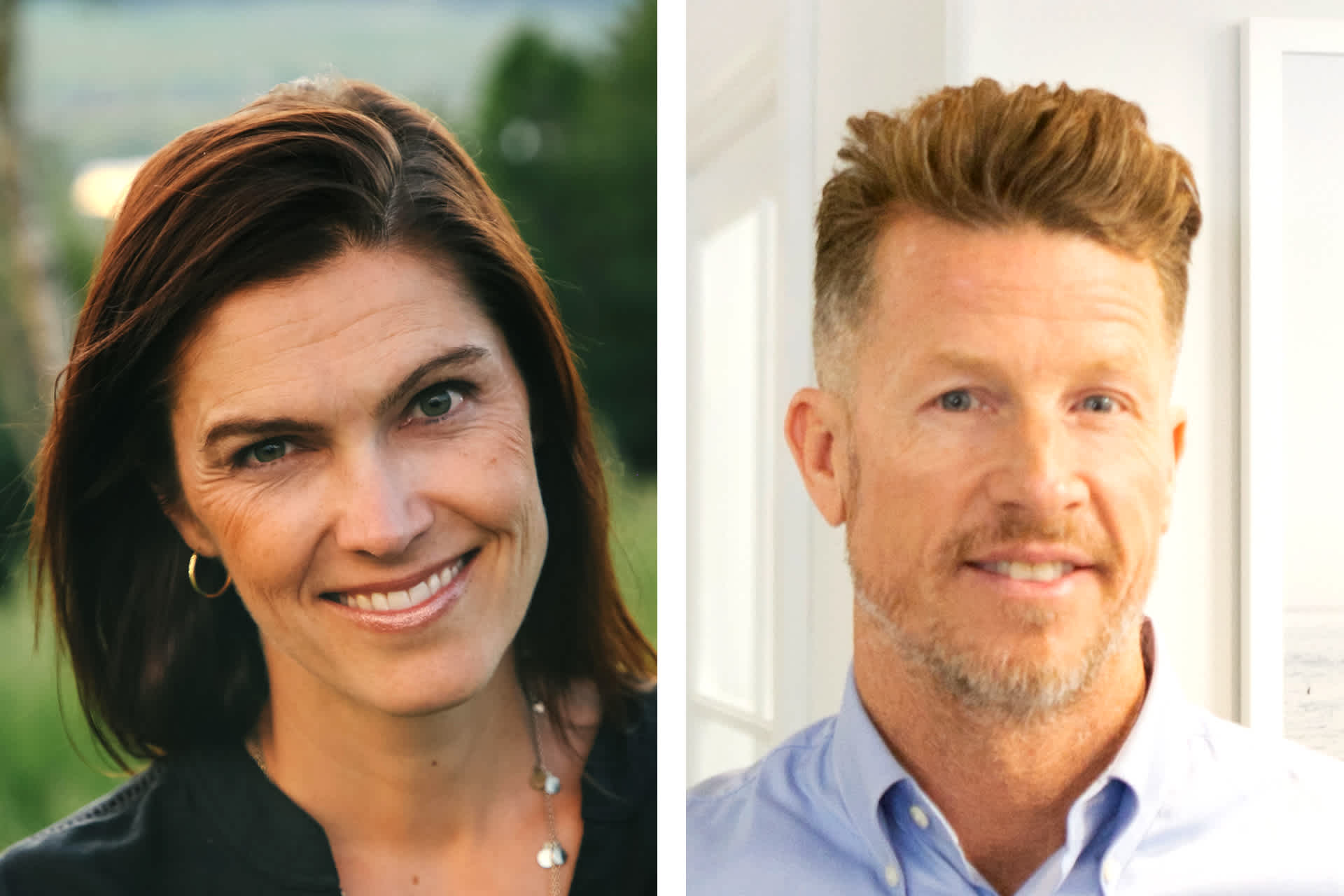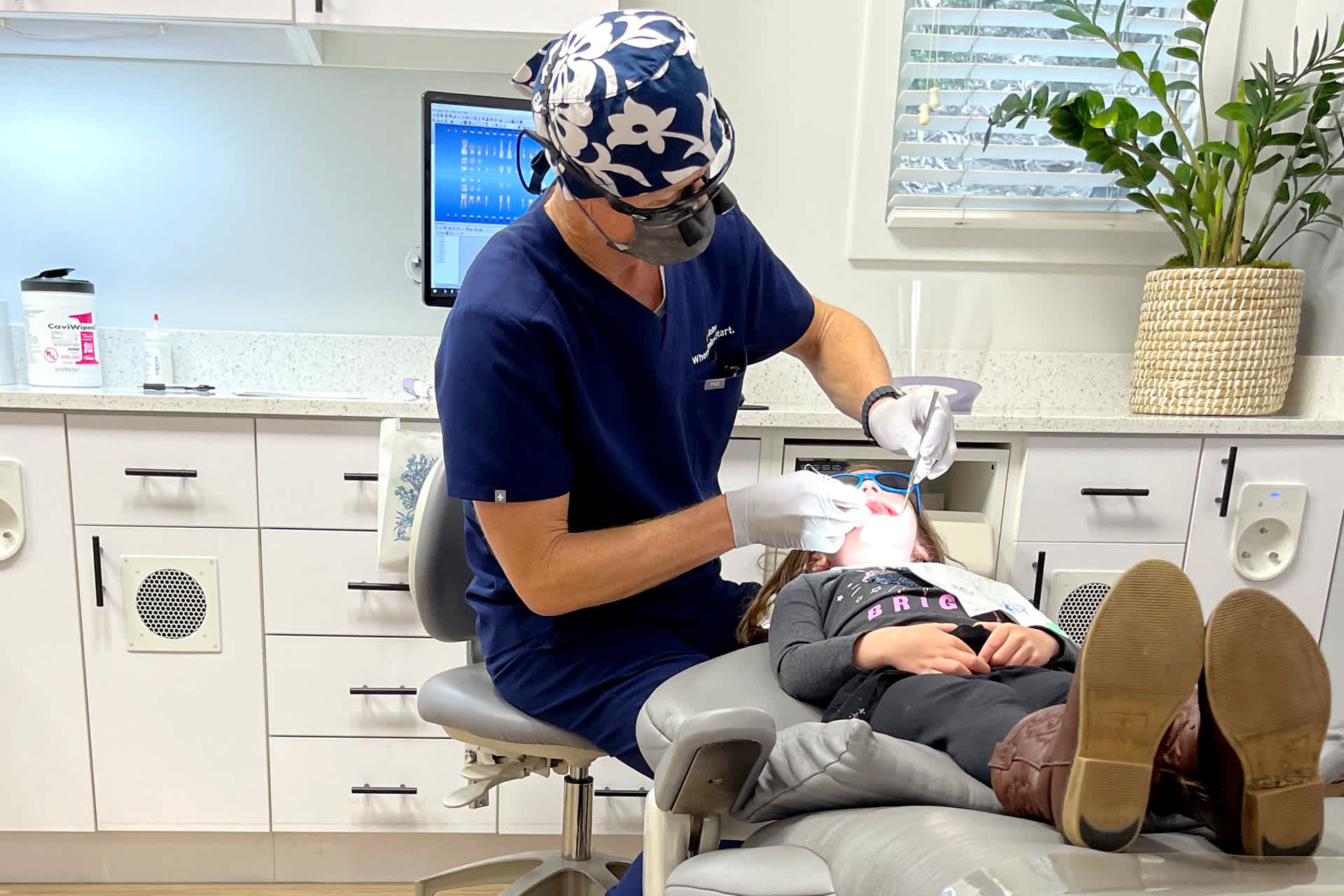Smile!

A person’s smile plays a big role in how they communicate. A smile can show happiness and joy. It can show sarcasm and forgiveness. As a dentist, you can help people have a clean and confident smile they can use to connect with others.
But what does it take to become a dentist? Your Hot Job spoke to two professionals to find out.
Meet the Dentists
Dr. Annelise Hardin knew from a young age she wanted to work in healthcare. During college she shadowed a physician, a dentist, and a veterinarian. She was quickly drawn to dentistry because of the flexible schedule and opportunity to work with her hands. She went to dental school at the University of North Carolina, Chapel Hill, and has practiced pediatric dentistry in North Carolina for more than 15 years.
Dr. John DeLorme was always interested in math and science. He was a biology major in college but did not know what he was going to do with that degree. A close friend and mentor encouraged him to go to dental school. He fell in love with pediatric dentistry. He has been a pediatric dentist for more than 25 years in southern California.
The “Tr-ooth” About Being a Dentist
Think you want to be a dentist? Here are some things Drs. Hardin and DeLorme say are important for you to know:
There are many kinds of dentists. Most dentists are general, or family, dentists, but some prefer to focus on one type of care. For example, a pediatric dentist only works with kids. An orthodontist works to correct misaligned teeth. An oral surgeon does surgery on the mouth, jaw, and face.

Dentists spend a lot of time in school. Dentists go to four years of college and three to four years of dental school. If you pursue a specialty, you must also complete an intensive training program, called a residency. A residency typically lasts two to four years.
It is a physically demanding job. Dentists stand up and sit down all day visiting patients. They constantly lean over and use their wrists and hands to work on people’s teeth. In school, dentists learn how to sit and work properly so they don’t hurt their neck, back, and wrists. “I didn’t know how physically demanding dentistry was before I went into it,” says Dr. DeLorme. “Your body needs to be in shape in order for you not to burn out physically or get injured.”
Dentists are detail oriented. Many dentists will tell you they are perfectionists. They also have to be good with their hands because they work in people’s mouths on small teeth. “We are working with very small measurements and our patients’ bite has to feel right. So being precise is important,” says Dr. Hardin.
Dentists wear many “hats.” It’s easy to think that all dentists do is work on people’s teeth. However, most dentists own their practice. This means they are also business people. They have to create a welcoming place for patients. They also have to manage the office operations and the people who work there. “I rely on the other people in my office in order to do my job well,” says Dr. Hardin. “They are my second family, so finding the right people is important.”
Dentists often work together. Sometimes a patient needs work done on a tooth that their dentist cannot complete. So the dentist sends the patient to a specialist. For example, a patient may go to an endodontist for a root canal or an oral surgeon to get their wisdom teeth removed.
Relationships are important. It is not uncommon to feel anxious about going to the dentist. When a dentist builds a good relationship with their patient, that person trusts the dentist’s advice and quality of care. Over time, their anxiety goes away. “It’s such a rewarding feeling to take a nervous patient and get them through a tough experience to make them feel comfortable,” says Dr. DeLorme.
Technology is improving dental care. Today, fluoride treatments are easier and digital x-rays lessen the amounts of radiation patients are exposed to. Laser technology can even be used to fill cavities instead of a dental drill. “I want all the new toys that can help me do the job better,” says Dr. Hardin. Dr. DeLorme agrees. “With all the new technology and AI that’s coming out now, I know there will be an application to dentistry,” he adds.

Dentists work to educate their patients. A dentist’s job is to prevent first, and treat second. “Every patient is different and has different risk factors,” says Dr. DeLorme. “My job is to teach my patients what their risk factors are so they can make good decisions for themselves and do their best to prevent cavities.”
If you want to become a dentist, Dr. Hardin and Dr. DeLorme say the best thing to do is to shadow a dentist. Ask if you can spend a day observing them at work. Seeing what the job is like can help you decide if it’s right for you!

